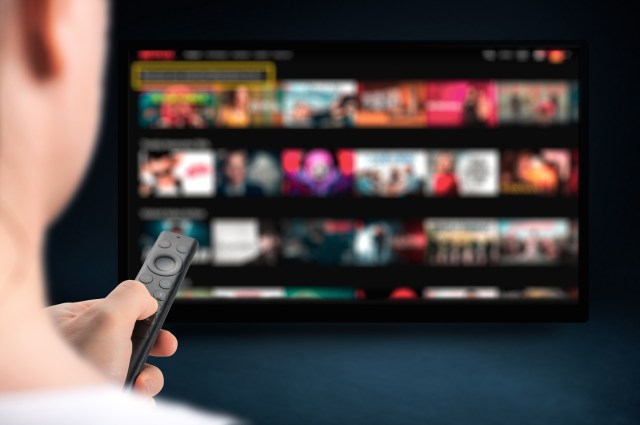
In today’s digital age, streaming services have become the go-to platform for enjoying movies and TV shows. However, it wasn’t always this way. Before the advent of streaming, movie consumption was largely dominated by physical media formats such as VHS tapes. This article traces the history of how we consume movies, from the era of VHS to the rise of streaming platforms.
The Rise and Fall of VHS Tapes
VHS (Video Home System) tapes revolutionized movie consumption in the 1980s. Prior to their introduction, movie lovers relied on theaters or local television broadcasts to watch their favorite films. The ability to own and watch movies at home was a game-changer.
VHS tapes offered convenience and accessibility that was previously unimaginable. People could rent or buy movies from video rental stores or purchase them from retail outlets. This newfound freedom allowed viewers to curate their own movie collections and watch them at their own pace.
However, as technology advanced, VHS tapes began to lose their appeal. The quality of picture and sound on these tapes deteriorated over time due to wear and tear. Rewinding tapes before returning them became a tedious task that many viewers disliked. Additionally, with limited storage capacity, building a substantial movie collection required significant physical space.
The Rise of DVDs
As VHS tapes started losing ground in the early 2000s, DVDs emerged as the new standard for home entertainment. DVDs offered superior video and audio quality compared to VHS tapes while being more durable and compact.
The transition from VHS to DVD marked a significant milestone in movie consumption history. Viewers could now enjoy bonus features like director’s commentaries, deleted scenes, and behind-the-scenes footage that enhanced their overall movie-watching experience.
DVDs were also easier to handle than bulky VHS tapes since they didn’t require rewinding. Additionally, with the advent of DVD rental services like Netflix, viewers had access to a vast library of movies without leaving their homes.
The Emergence of Streaming Services
The introduction of high-speed internet and advancements in digital technology paved the way for the next revolution in movie consumption – streaming services. Platforms like Netflix, Amazon Prime Video, and Hulu changed the game by offering instant access to a vast library of movies and TV shows.
Streaming services eliminated the need for physical media altogether. Viewers could now watch their favorite movies and shows on demand, without having to wait for DVDs to arrive in the mail or visit a rental store. With just a few clicks, an entire catalog of entertainment was available at their fingertips.
Furthermore, streaming platforms introduced personalized recommendations based on viewers’ preferences and viewing history, making it easier than ever to discover new content. This level of convenience and customization made streaming services immensely popular among consumers.
The Future of Movie Consumption
As technology continues to evolve, it’s clear that streaming is here to stay. With more players entering the market such as Disney+ and Apple TV+, viewers have an even wider range of choices when it comes to accessing movies and TV shows.
Additionally, advancements in virtual reality (VR) and augmented reality (AR) technologies hold immense potential for transforming the movie-watching experience further. Imagine being able to step into your favorite movie or interact with characters in real-time – these possibilities may become a reality sooner than we think.
In conclusion, from VHS tapes to DVDs and now streaming platforms, the way we consume movies has come a long way over the years. The convenience and accessibility offered by streaming services have undoubtedly reshaped the industry. As technology continues to evolve at a rapid pace, it will be fascinating to see what lies ahead for movie consumption in the future.
This text was generated using a large language model, and select text has been reviewed and moderated for purposes such as readability.






